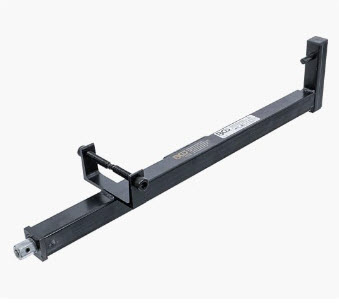Canister for motorcycles

If you have a 2016 or later bike, it is probably equipped with a canister for motorcycles.
This system can give you some headaches if you don’t take certain precautions.
What is the Canister and what does it do?
The canister system, although relatively new to Europe, has been used for many years in California, where they are a step ahead of Europe in terms of containing the emission of polluting gases into the atmosphere.
This particular system eliminates the emission of fuel vapours into the atmosphere.
How?
On a pre 2016 bike (pre Euro 4), the fuel tank overflow hose would release, via a rubber tube or the fuel tap key hole, vapours from the fuel tank into the atmosphere.
If you have ever parked your bike in the sun you may have heard a sort of whistling sound coming from the tank.
This is the gas generated by the hot fuel inside your tank.
The whistling sound, on some motorbikes, is caused by these vapours escaping at higher pressure than atmospheric pressure, through a very narrow duct.
If you are bothered by this whistling sound, open the fuel tank (to balance the pressure inside the tank with atmospheric pressure) and it will stop (although when you close the tank, if it is very hot, it will start to whistle again).
Back to the canister system
On Euro4 and Euro5 models, it is mandatory to use a system that reduces the emission of fuel vapours into the atmosphere, and most manufacturers have opted to use a canister.
This system consists of a sealed box with active carbon inside. The box itself is the canister and may look something like the one down on this page.
This box is connected to the fuel tank by the breather pipe. So in this case, the vapours generated by the fuel go straight into the canister.

On the other hand, the canister is connected to the throttle body by other hoses, although its passage is controlled by a small electric valve called EVAP in many cases and it is the ECU who decides when to open or close the system.

The active carbon inside the canister “traps” the vapours inside the canister.
When the engine is started, the ECU opens the canister valve and these vapours are absorbed by the engine intake during the intake stroke, burning them during this start-up phase and also during engine operation (to burn off any vapours generated during your route).

Of course, now you’re going to tell me that every time you open the fuel tank tap those vapours escape into the atmosphere.
That’s true.
Nobody is perfect.
What problems could the Canister create?
The most common is liquid fuel entering the canister.
How can this happen?
Well, in your motorbike’s Owner’s Manual (and probably on a sticker on the tank), it shows the maximum fill level of the fuel tank.

In other words, it must NOT be filled above this level.
The reason for this is that liquid fuel can flow into the canister.
In fact I doubt that the manufacturers took this into account, because they have already warned you in the manual not to fill the fuel tank above its maximum level, as well as with stickers that you removed next to the filler cap… They only needed to warn you by carrier pigeon.
What about the liquid fuel inside the canister?
In addition to damaging the internal active carbon and rendering it unusable, as I mentioned before, during engine operation the contents of the canister go straight into the intake.
If this happens (remember that this fuel is not atomised by the injectors), it enriches the mixture in a very coarse way, which can lead to misfiring, rough acceleration and possible detonation in the exhaust.
Certainly it could also cause a possible misreading of the oxygen sensors or even damage them if it happens regularly, as well as deteriorate the catalytic converter.
To check if the canister has liquid fuel inside, it must be disassembled and weighed (it cannot be opened).
Of course, to do this you must know the weight of a canister in good condition, and this information is usually not available.

In the case of the canister in the example, it weighs about 300 grams. If it weighed 500, for example, we would know that it has liquid fuel inside, the active carbon is no longer of any use and therefore has to be replaced.
And the part you’ve probably been waiting for – can I cancel the canister?
Yes you can, and in fact it is quite simple. Just plug the pipe that goes from the canister to the intake with a bolt and you have it done. That’s it.
You can leave the EVAP valve connected and the rest of the things as they are, although you can always remove components to reduce the weight of your bike… It depends on what you want to mess with.

Being overridden it is undetectable by the MOT (or local technical inspections), unless you have removed the electronic valve that controls it and you have an active fault on the meter panel. See this link for overriders.
Additionally, to make it more complex, you can also disconnect the pipe coming from the fuel tank and leave it in the air, although remember that if you keep filling the fuel tank to the ball, petrol will come out of that pipe.
Be careful NOT to notch this pipe (pinch it) if you re-route it, as this can cause the gases to stay inside the tank and when you open it, fuel will come out like a geyser!













